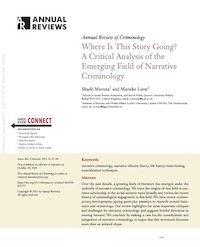By Steven Raphael
I review the growing body of research that either directly assesses the effect of Ban the Box (BTB) on the employment prospects of those with criminal histories, tests for spillover effects operating through statistical discrimination, or assesses the labor-market impacts of related screening practices. I begin with a theoretical discussion that works through how widespread reluctance to hire those with criminal histories is likely to generate market-level employment and earnings penalties for various groups of workers, and how the size and distribution of these penalties likely depend on the information available to employers. I then turn to a review of research over the past 15 years or so that either directly assesses the impact of BTB or addresses highly related and relevant research questions. The weight of the empirical evidence suggests that BTB does not improve the employment prospects of those with criminal histories at private-sector employers, although there is some evidence of an improvement in employment prospects in the public sector. Regarding spillover effects operating through statistical discrimination, several studies indicate that BTB harms the employment prospects of African-American men. Furthermore, research on the effects of credit checks, occupational licensing, and drug testing appears to indicate that more information available to the employer improves the employment prospects of African Americans. Collectively, these findings imply that in the absence of objective information, employers place weight on stereotypes about the characteristics of black workers that are generally negative and inaccurate.
Annu. Rev. Criminol. 2021. 4:191–207





















